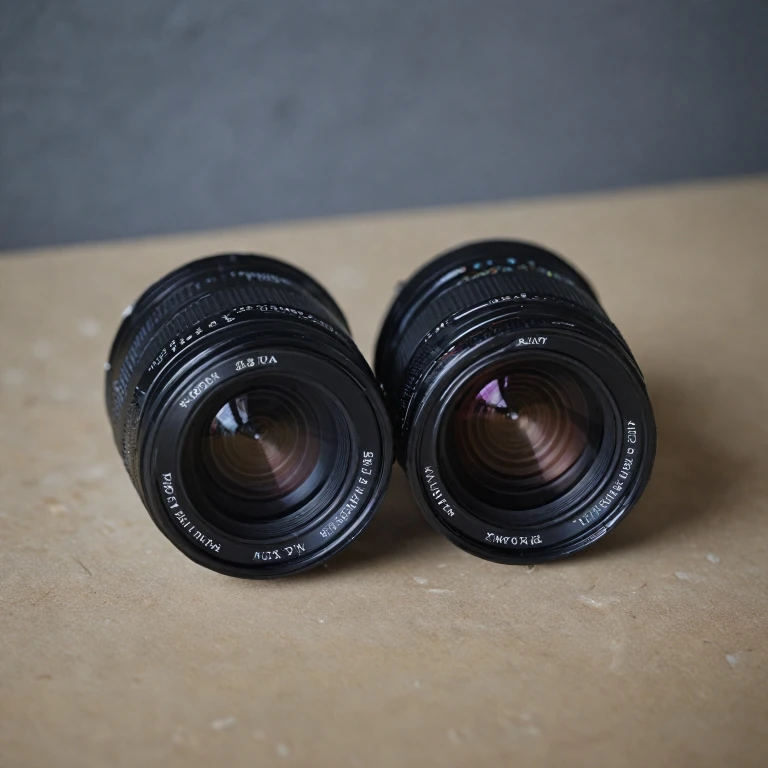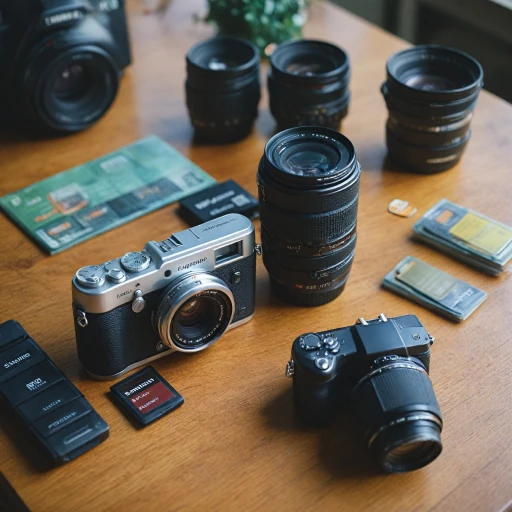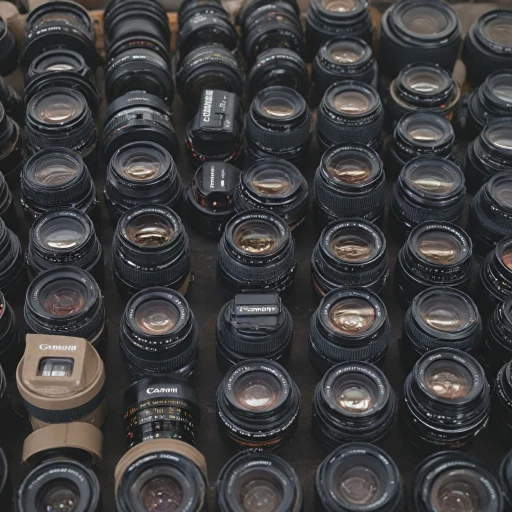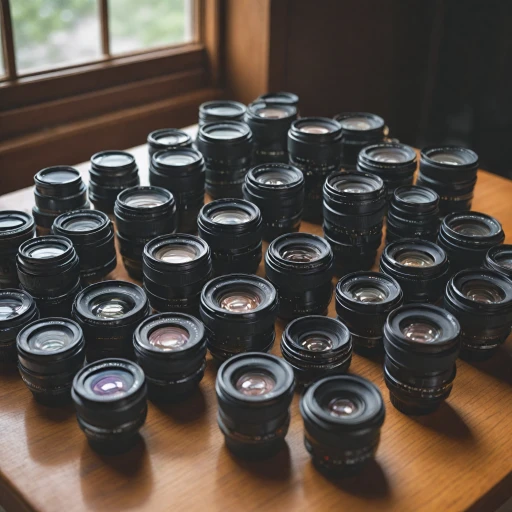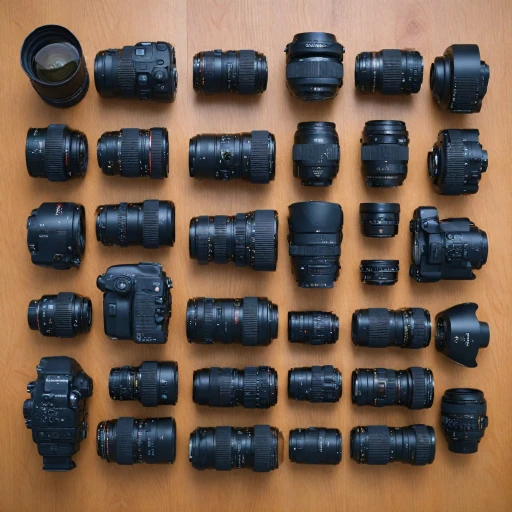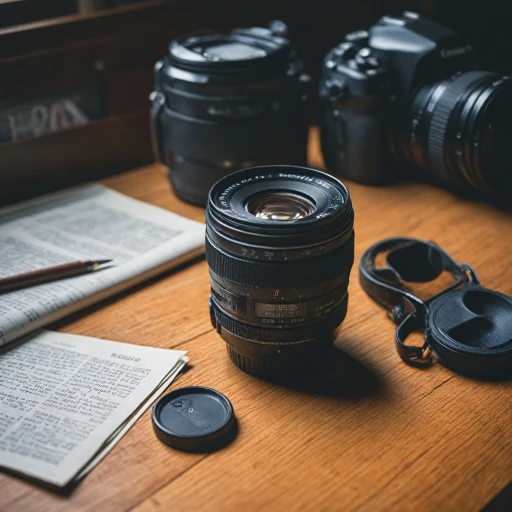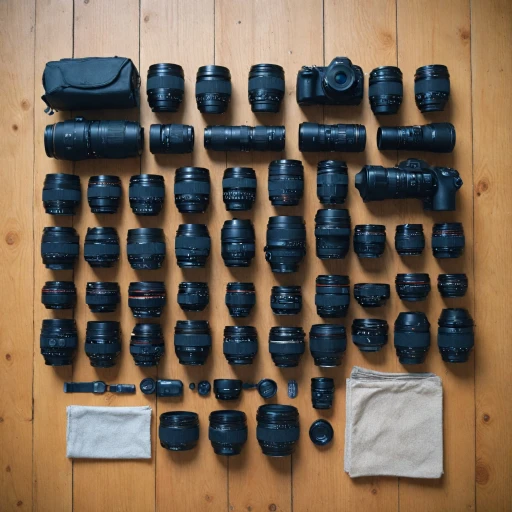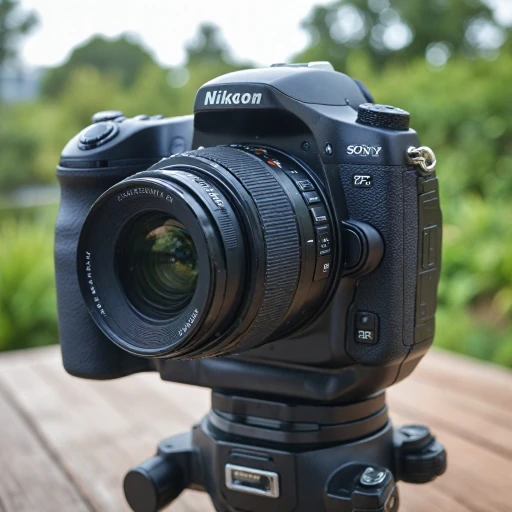Understanding the Basics of Lens Specifications
Essential Lens Specifications
Understanding lens specifications is crucial when selecting a lens like the Zeiss 21mm f/2.8 or the 20mm f/2.8. These specifications provide insights into how a lens will perform and whether it meets your photographic needs. Key specifications include focal length, aperture, and mount compatibility.
The focal length affects the lens's angle of view and depth of field. Both lenses, part of the Zeiss lineup, are wide-angle, making them excellent choices for landscape photography or any application where capturing a broad, expansive scene is essential. The focal length also influences image quality and the field of view when paired with various camera bodies such as Nikon or Canon.
Aperture is another influential factor, as it determines the amount of light that enters through the lens. Both Zeiss lenses offer a maximum aperture of f/2.8, allowing for better performance in low-light conditions and the ability to control the depth of field effectively. This can be particularly useful when shooting with manual focus in dim environments and looking for that beautiful background bokeh effect.
Compatibility with camera mounts such as those for Sony or Nikon is essential. Zeiss lenses, including the Distagon and Milvus lens lineups, offer excellent build quality and precision, allowing seamless integration with your equipment. The mount compatibility ensures these lenses can be easily attached to various camera bodies, enhancing your ability to switch lenses based on shooting requirements and preferences.
For more information about finding the right lens for specific needs, such as exploring the different lens versions, you might find this guide helpful.
Zeiss 21mm f/2.8: Key Features and Benefits
Discovering the Unique Characteristics of the Zeiss 21mm f/2.8
The Carl Zeiss Distagon T* 21mm f/2.8 lens is a notable member of the Zeiss lenses family, renowned for their precision and exceptional image quality. This manual focus lens is celebrated for its outstanding optical performance and artistic potential, making it a favorite among photographers seeking superior visual results.
Primarily, the wide-angle 21mm focal length enables captivating landscape and architectural photography. This Zeiss lens exhibits minimal distortion, rendering wide scenes with impressive clarity and sharpness. Furthermore, Zeiss lenses are reputed for their robust build quality, ensuring longevity and reliability, even in challenging shooting locations.
The lens features a maximum aperture of f/2.8, allowing photographers to obtain excellent depth-of-field control and perform well in low-light conditions. The Zeiss Distagon design well complements this aperture, emphasizing contrast and tonal rendition. As with many Zeiss lenses, the focus ring provides smooth, precise adjustments, an asset for both still and video applications.
The Distagon's compatibility extends to multiple camera systems, offering a variety of mounts, including Canon, Nikon, and Sony, throughout its life cycle. Users seeking professional reviews often praise this lens for its remarkable performance in diverse shooting scenarios, even when wide open. In this lens review, you'll find further insights into achieving optimal performance with your equipment.
Zeiss 20mm f/2.8: Key Features and Benefits
Key Features and Benefits of the Zeiss 20mm f/2.8
The Zeiss 20mm f/2.8 lens, known for its performance within the wide-angle genre, offers an impressive array of features that make it a popular choice among photographers. Whether you are a member of the Nikon, Canon, or Sony userbase, this lens caters to a variety of mounts, ensuring broad usability. One of the prominent qualities of this lens is its manual focus capability, which provides photographers with the precision necessary to achieve outstanding image quality.
The Zeiss Distagon design, featured in this lens, maximizes clarity and minimizes distortion, which is essential when capturing wide-angle shots. This lens is particularly useful for those interested in landscape and architectural photography, where attention to detail is paramount.
- Aperture Performance: The lens performs well even when wide open at f/2.8, delivering sharp image quality across its focal length range.
- Versatile Mount Options: Accommodating various camera systems, this lens is a valuable addition for users of Nikon, Canon, and Sony cameras.
- Manual Focus Precision: The focus ring is smooth and responsive, allowing for precise adjustments that are critical in capturing intricate details.
- Build Quality: Constructed with high-quality materials, it ensures durability and reliability, even in challenging conditions.
Photographers have praised the Zeiss 20mm f/2.8 for offering exceptional image quality, a testament to the renowned craftsmanship of Carl Zeiss. Whether you're interested in creating dynamic landscapes or showcasing varied architectural structures, this lens delivers consistently excellent results. For a more in-depth review, consider exploring user experiences and professional insights on this versatile piece of equipment.
Performance Comparison: Zeiss 21mm f/2.8 vs 20mm f/2.8
Performance Head-to-Head: Depth and Clarity
When diving into the performance nuances of the Zeiss 21mm f/2.8 and 20mm f/2.8, image quality is a paramount consideration. The Zeiss lenses are renowned for delivering outstanding image quality. They both offer sharp, well-defined images, even when shooting with the aperture wide open.
Focus: The Manual Experience
Both lenses feature manual focus, which appeals to those who value control over their composition. The focus ring, a critical component, is smooth on both the Zeiss Distagon and the Zeiss Milvus, providing precision and ease of use.
Focal Length and Application
The subtle differences in focal length between the 21mm and 20mm lenses might influence your choice based on your shooting needs. The Zeiss 21mm f/2.8, joined with its wider perspective, is suitable for landscapes and architectural shots. The compatibility with various mounts like Nikon, Canon, and Sony ensures versatility across camera bodies.
Low-Light Performance
The wide aperture of both lenses offers impressive performance in low-light situations, making them excellent choices for night photography. The Zeiss Loxia series, with its iso sony compatibility, specifically tailors its lenses for better performance under these conditions.
Overall Image Quality and Special Characteristics
Ultimately, both lenses boast superior clarity and minimal distortion. Their wide lenses capture landscapes with remarkable detail and color accuracy. The Carl Zeiss label means confidence in acquiring exquisite photographic tools that deliver exceptional results consistently.
Use Cases: Which Lens is Right for You?
Choosing the Right Lens for Your Needs
When deciding between the Zeiss 21mm f/2.8 and the Zeiss 20mm f/2.8, considering your primary use case is crucial. Both lenses have distinct characteristics that make them suitable for different photography styles and conditions.- Landscape and Architecture Photography: If you're into capturing expansive landscapes or intricate architectural designs, you might appreciate the Zeiss Distagon 21mm f/2.8's superior edge-to-edge sharpness and minimal distortion. The wide mount and larger aperture contribute to better performance in capturing well-lit, detailed images, even at wide open.
- Travel and Street Photography: The Zeiss 20mm f/2.8, particularly praised for its compact size and versatility, becomes a handy companion when you need to travel light or subtly document city life. Its manual focus mechanism allows for precise control, ensuring the focal length captures the essence of fleeting moments with ease.
- Astrophotography: If night sky photography is your calling, both lenses offer their own unique advantages. However, the larger aperture of the 21mm edition often provides a slight edge, reducing noise and enhancing image quality under low-light conditions—excellent for enthusiasts using a Nikon Nikkor or Sony Zeiss mount.
Making the Purchase Decision
Factors to Consider When Choosing Your Lens
When deciding between the Zeiss 21mm f/2.8 and the 20mm f/2.8, there are several factors to consider that go beyond the basic specifications. Each lens offers unique advantages, and your choice will depend on your specific needs and preferences.
Compatibility and Mount Options
First, consider the camera body you will be using. The Zeiss lenses are available for various mounts, including Canon, Nikon, and Sony. Ensure that the lens you choose is compatible with your camera system to avoid any mounting issues. This is crucial for achieving optimal image quality and performance.
Focusing Mechanism
Both lenses feature manual focus, which can be a significant consideration if you prefer precise control over your focus ring. The tactile feedback and smooth operation of the Zeiss lenses are well-regarded, making them a popular choice among photographers who value manual focus precision.
Image Quality and Aperture
In terms of image quality, both lenses perform exceptionally well, even when wide open. However, subtle differences in the aperture and focal length might influence your decision. The Zeiss Distagon design of the 21mm offers excellent sharpness and contrast, while the 20mm provides a slightly wider field of view, which might be better suited for certain wide-angle shots.
Intended Use and Shooting Scenarios
Consider the types of photography you will be engaging in. If you often find yourself in low-light conditions or require a wider aperture for creative depth-of-field effects, the choice of lens will be crucial. The Zeiss Milvus and Loxia series, for instance, are known for their exceptional performance in challenging lighting conditions.
Budget and Value
Finally, budget is always a key factor. While Zeiss lenses are typically on the higher end of the price spectrum, their build quality and optical performance justify the investment for many photographers. Assess your budget and determine which lens offers the best value for your specific needs.
In conclusion, the decision between the Zeiss 21mm f/2.8 and 20mm f/2.8 should be guided by your camera system, shooting preferences, and budget considerations. Each lens has its strengths, and understanding these will help you make an informed purchase decision.
